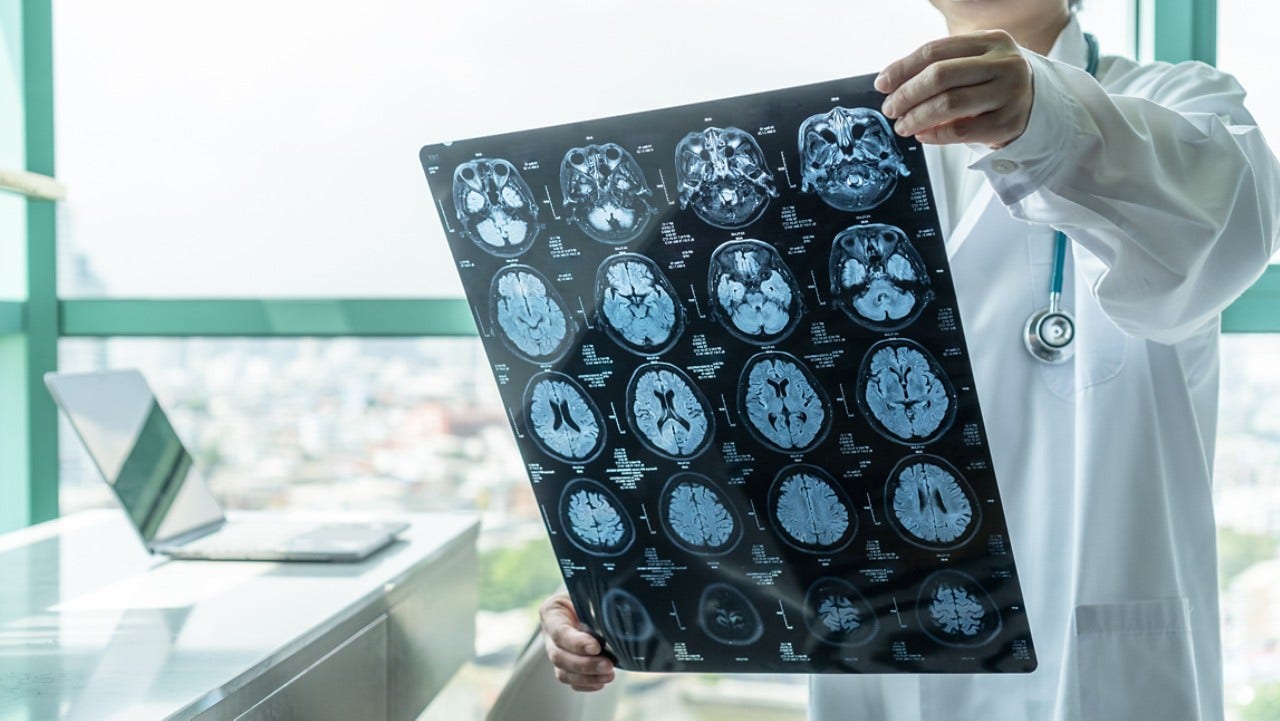
Limb Loss and Limb Difference Awareness Month (LLLDAM)
April marks Limb Loss and Limb Difference Awareness Month (LLLDAM), a time to recognize and support the millions of people across the U.S. living with limb loss or limb difference.
What Is Another Word for Limb Difference?
The terms "limb loss" and "limb difference" are often used interchangeably, but they have different meanings:
- Limb Loss: Refers to the absence of a full or partial limb due to circumstances such as an accident, injury, or medical condition. It typically involves losing a limb that was once present.
- Limb Difference: Refers to limbs that are present but structurally different from typical anatomy, often due to congenital conditions. This involves variations in the formation or structure of the limb.
For example, a veteran who became an amputee after losing a leg due to injuries sustained in combat would be living with limb loss. A child born with a congenital condition like polydactyly, where they have extra fingers or toes, would live with a limb difference.
What Causes a Limb Difference?
The exact cause of limb difference is not universally known. However, a person's exposure to chemicals, viruses, or certain medications during pregnancy can increase the chances that their baby will be born with a limb difference.
Is a Limb Difference a Disability?
Disability is typically defined as any physical or mental impairment that limits a person's movement, senses, or activities. Limb differences can often fall under this definition, as they may impact daily activities and a person's ability to engage with the world. If a limb difference requires daily activities to be modified or presents challenges in performing daily tasks, it is more likely to be classified as a disability.
What is a Limb Size Difference?
Limb size difference can be broken down into two categories:
- Limb Length Difference: One arm or leg is shorter than the other.
- Limb Circumference or Muscle Mass Difference: Variations in the girth or muscle mass of limbs.
Limb size and length differences can arise from various factors. For example, if you break your leg, the resulting reduced mobility can lead to muscle mass loss. Additionally, severe fractures can cause discrepancies in limb length as the bone heals. These differences are also common among individuals with disabilities, particularly those who use wheelchairs more frequently.
What Is the Most Common Limb to Lose?
Limb loss is more prevalent among adults, particularly those aged 65 and older, who make up nearly half of the limb loss population. In this age group, lower limb amputations are the most common, often resulting from conditions like diabetes, infections, cancer, or vascular disease.
In the United States, it's estimated that over 500,000 individuals experience limb loss or are born with a limb difference each year. Amputations occur nearly ten times more frequently than births of children with limb differences.
While lower and upper limbs are significant in discussions of limb loss, toes are the most amputated appendages, frequently amputated due to trauma. In fact, the earliest known prosthetic made was a wooden toe, found on an Egyptian mummy, dating back to around 950-710 BC.
What are Aids for Amputees?
Individuals with limb differences or amputations may use multiple aids to enhance mobility and independence. Mobility aids can include prosthetics, crutches, canes, walkers, and wheelchairs. Various home modifications can also be implemented, such as grabbers to extend reach or shower chairs for increased safety. Assistive technology plays a vital role in supporting individuals with limb differences and limb loss. Text-to-speech software is particularly beneficial for those with upper limb loss or limb difference, allowing them to interact with digital devices using voice commands. Wheelchair accessible vehicles can provide independence and ease of transportation.
Accessible Vehicles for Limb Loss and Limb Difference
Accessible vehicles cater to a wide range of needs beyond those who use wheelchairs, offering multiple modifications for individuals with limb differences or amputations. For example, a left foot accelerator can be installed for those with a right leg limb difference or amputation. Spinner knobs are useful for drivers with upper limb differences or amputations, enabling easy steering with one arm. Hand controls allow operation of the gas and brake using upper limbs, while pedal extenders assist drivers with lower limb differences in reaching the pedals comfortably. Swivel car seats can facilitate easier entry and exit for individuals with mobility challenges.
An accessible vehicle might include a wheelchair ramp, but it can also feature various other adaptations to enable people with limb differences and amputations to drive independently. For example, Ryan Hudson-Peralta, known online as "Look Mom, No Hands," drives a BraunAbility Chevrolet Traverse. Having a congenital limb difference affecting all four limbs, he can drive independently because of multiple vehicle modifications. To learn more about driving possibilities for people with limb differences and amputations, visit your local BraunAbility dealer today.




